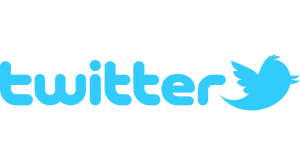A Practical Guide to Fighting Racism Online in 2020
Racism is a global social problem with increased public visibility in recent years due to the emergence of the Internet.
We must know the limits and know how to denounce racism in the main online platforms and social networks.
In this guide you will find all the information you need to know about its existence and the role of the Internet in spreading and denouncing it.
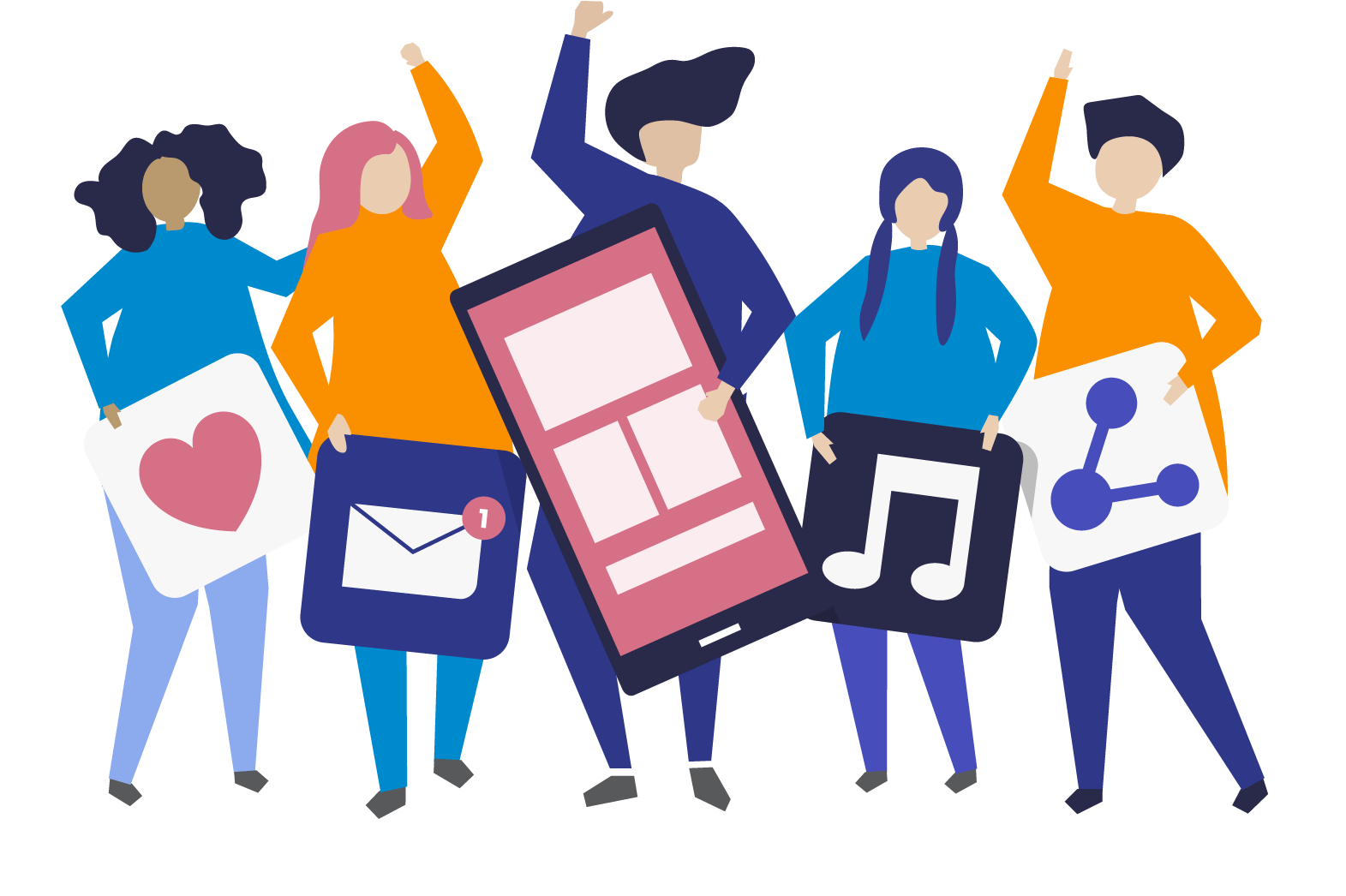
What Racism Really Is
Racism is the discrimination or persecution of different ethnic groups on the basis of their race, because it is different from that of the discriminator or persecutor.
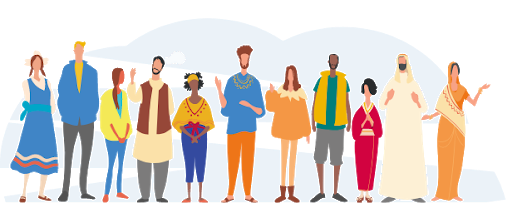
It has become stronger and more visible thanks to the power of the internet. This has led to the rapid spread of hate speech.


Knowing the recipients is very important.

Roles within hate speech
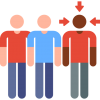
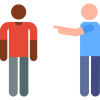
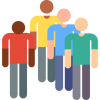

About freedom of expression
“Everyone has the right to freedom of opinion and expression … and to receive information and ideas through any media. – Article 19, Universal Declaration of Human Rights
- Freedom of expression is a fundamental pillar of society for people to progress and develop.
- This makes it difficult to know the boundaries between freedom of expression and racism.
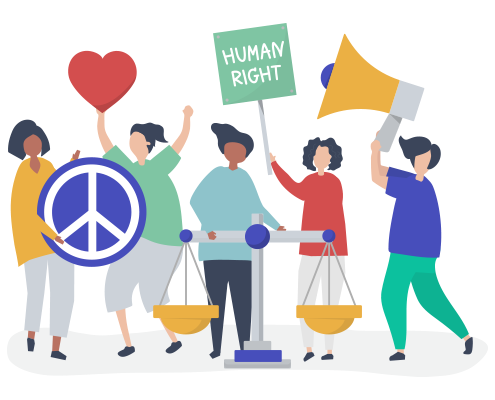
Why it's important to talk about racism and take action



When to pursue the hate speech
- Racism rests on foundations that are not 100% defined. It cannot always be pursued.
- ECRI indicates that the most serious cases should be prosecuted. The ECtHR states that it is enough to incite hatred.
- NGOs have a fundamental role to play in combating racism either by training or by raising awareness.
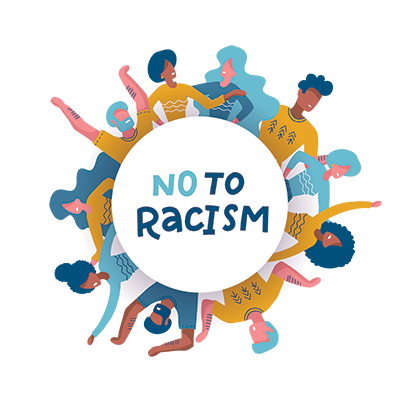
Getting actively involved in the fight against racism
- It has a knock-on effect. Other people also support anti-racism movements.
- You can act in movements, signing petitions, denouncing…
- It is very easy to find communities dedicated to defending the equality of people.
- Officials can be sought out as NGOs or by joining movements in social networks.

How to recognize hate speech online
1. Sometimes it is difficult to recognize hate speech if it is not recognized as a punishable act. For this reason, there are seven questions that can help you recognize it:
2. Who’s talking, and who’s he talking about?
3. What is the content of the message?
4. What impact or consequences can the message have?
5. What is the purpose of the speaker?
6. What is the scope of the message?
7. In what social context is the message given?
8. Is there a pattern to the speech?
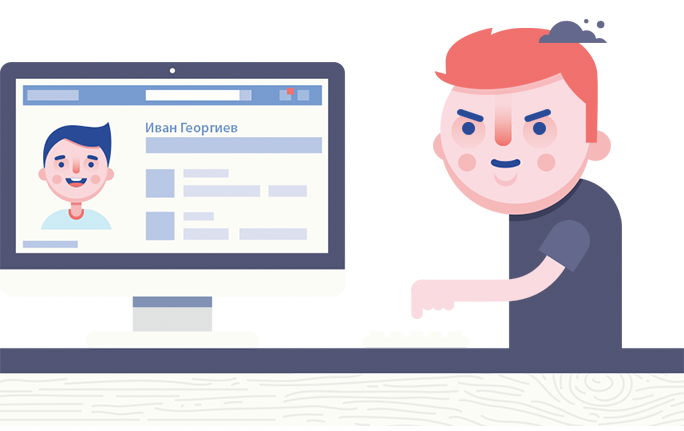
Who generates online racism
Different names have appeared on the Internet to designate people who make inappropriate use of social networks. The most common are the hater, troll, bot and sockpuppet.




Racism and social networks
The most successful action against racism has been the collaboration between people and social networks. Pages that previously included racist content for the sake of freedom of expression are increasingly working to prevent it.

- Between the two platforms there are more than 200,000 complaints a day. - More than 100 million people report. - Over 100 million videos have been removed for violating policy.

- Over 50% of abusive tweets are automatically removed by the platform - Decrease of 30% in accounts promoting terrorism. - 67% more demands in recent years.

- Elimination of 2.5 million publications in a single year. - 200 PPPs less. - Elimination of over 580 million fake accounts.
How to denounce racism through social networks
There are several steps to follow in order to report racist acts online. It is important to take them into account so that reporting is possible.
How to use social networks to denounce hate speech
PLATFORM |
STANDARDS |
COMPLAINTS |
IMPORTANT INFORMATION |
|
|||
|
|||
|
|||
|
Create and manage reports from the Reports page – Google Ads Help |
||
|
|||
|
|||
|
|||
|
|||
|
|||
|
|||
|
|||
|
|||
|
Movements that promote equality
- #blacklivesmatter
- #imnotavirus
- Stop stopping me
- Anti-racist campaign “Denominació d’origen
- No Hate Speech Movement
- Gypsy Secretariat Foundation
- Federation Kamira: Fight against hate and discrimination
- Childline.ork.uk: Racism and racial bullying
- DoSomething.org: Let’s Do This!
- https://kaepernick7.com/pages/know-your-rights-camp
- Community Justice Exchange: NBFN
- Fair Fight: Home
- Black Visions Collective
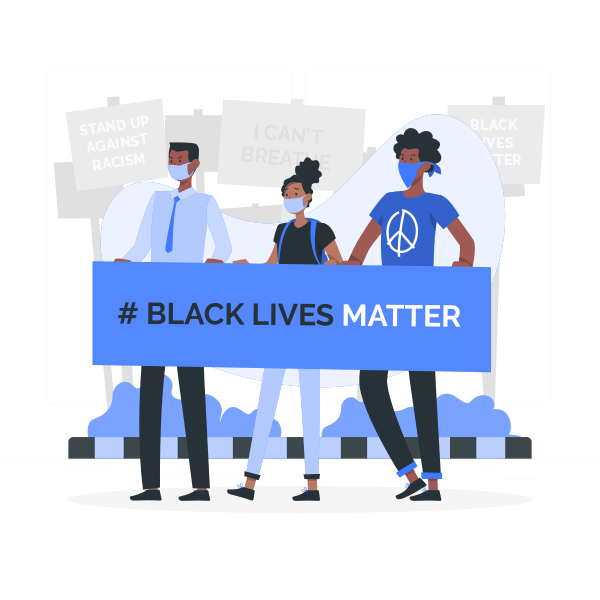
Resources on Racism and Hate Speech
Books
- The Black and the Blue: A Cop Reveals the Crimes, Racism, and Injustice in America’s Law Enforcement by Matthew Horace and Ron Harris
- Brit(ish): On Race, Identity and Belonging by Afua Hirsch
- Open Season: Legalized Genocide of Colored People by Ben Crump
- White Fragility: Why It’s So Hard for White People to Talk about Racism by Robin DiAngelo
- Accountability and White Anti-racist Organizing: Stories from Our Work by Bonnie Cushing
- Can We Talk About Race? And Other Conversations About Race in an Era of School Resegregation by Dr. Beverly Tatum
- How to Be an Antiracist by Ibram X. Kendi
- Notes of a Native Son by James Baldwin
- Natives: Race and Class in the Ruins of Empire by Akala
- Between the World and Me by Ta-Nehisi Coates
- Me and White Supremacy by Layla F. Saad
- The Sellout by Paul Beatty
- Biased: Uncovering the Hidden Prejudice That Shapes What We See, Think, and Do by Dr. Jennifer L. Eberhardt
- Hood Feminism: Notes From The Women That The Movement Forgot by Mikki Kendall
- So You Want to Talk About Race by Ijeoma Oluo

Books for children and young people
- Brown Girl Dreaming by Jacqueline Woodson
- We’re Different, We’re the Same by Bobbi Kates, Joe Mathieu
- The Colors of Us by Karen Katz
- Happy in Our Skin by Fran Manushkin, Lauren Tobia
- Voice of Freedom: Fannie Lou Hamer: The Spirit of the Civil Rights Movement by Carole Boston Weatherford, Ekua Holmes
- The Hate U Give by Angie Thomas
- Something Happened in Our Town: A Child’s Story of Racial Injustice by Marianne Celano, Marietta Collins and Ann Hazzard.
- Dear White People by Justin Simien, Ian O’Phelan
- Harbor Me by Jacqueline Woodson
- The Skin I’m In: A First Look at Racism by Pat Thomas, Lesley Harker
- It’s Okay to be Different by Todd Parr
- Let’s Talk About Race by Julius Lester, Karen Barbour
- This Book Is Anti-Racist: 20 Lessons on How to Wake Up, Take Action, and Do The Work by Tiffany Jewell, Aurelia Durand
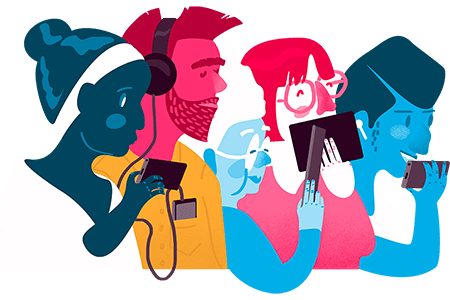
Podcasts
- The Stoop
- About Race With Reni Eddo-Lodge
- 1619
- The Read
- Have You Heard George’s Podcast?
- Never Before with Janet Mock
- I, Is This Racist?
- The Diversity Gap
- Identity Politics
- Scene on Radio episode “Seeing White”
- We Live Here

Films, mini-series and documentaries
- The Death and Life of Marsha P Johnson (2017)
- The Hate U Give (2018)
- The Color of Friendship (2000)
- Remember the Titans (2000)
- Invictus (2009)
- Brother Outsider (2003)
- The Blind Side (2009)
- The color purple (1985)
- Daisy Bates: First Lady of Little Rock (2012)
- Ava DuVernay’s 13th (2016)
- When They See Us (2019)
- Black Panthers: Vanguard To The Revolution (2015)
- Green Book (2019)
- Paris Is Burning (1990)
- Dancing in the Light: The Janet Collins Story (2015)
- Hidden Figures (2016)
- Mudbound (2017)
- I Am Not Your Black (2016)
- 13th (2016)
- Belle (2013)
- Good Hair (2009)
- La Haine (1995)
- Selma (2014)
- The Help (2011)
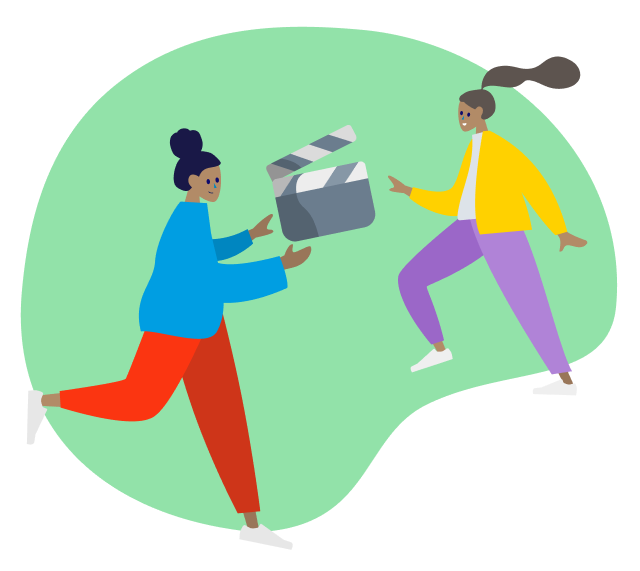
Online Resources
- Show Racism the Red Card
- Institute of Race Relations
- Massachusetts Center for Native American Awareness
- Latin American Anti-racism in a ‘Post-Racial’ Age – LAPORAR
- American-Arab Anti-Discrimination Committee (ADC)
- Anti-Racism Movement – Lebanon |
- Khetane Platform – Khetane Platform
- Social Action NGO Platform
- DoSomething.org: Let’s Do This!
- SOS Racism Federation: Official website. Since 1995 against racism and xenophobia
- European Commission against Racism and Intolerance (ECRI) – Homepage
- IMADR
- UNITED for Intercultural Action | European Network against nationalism, racism, fascism and in support of migrants and refugees
- European Network Against Racism
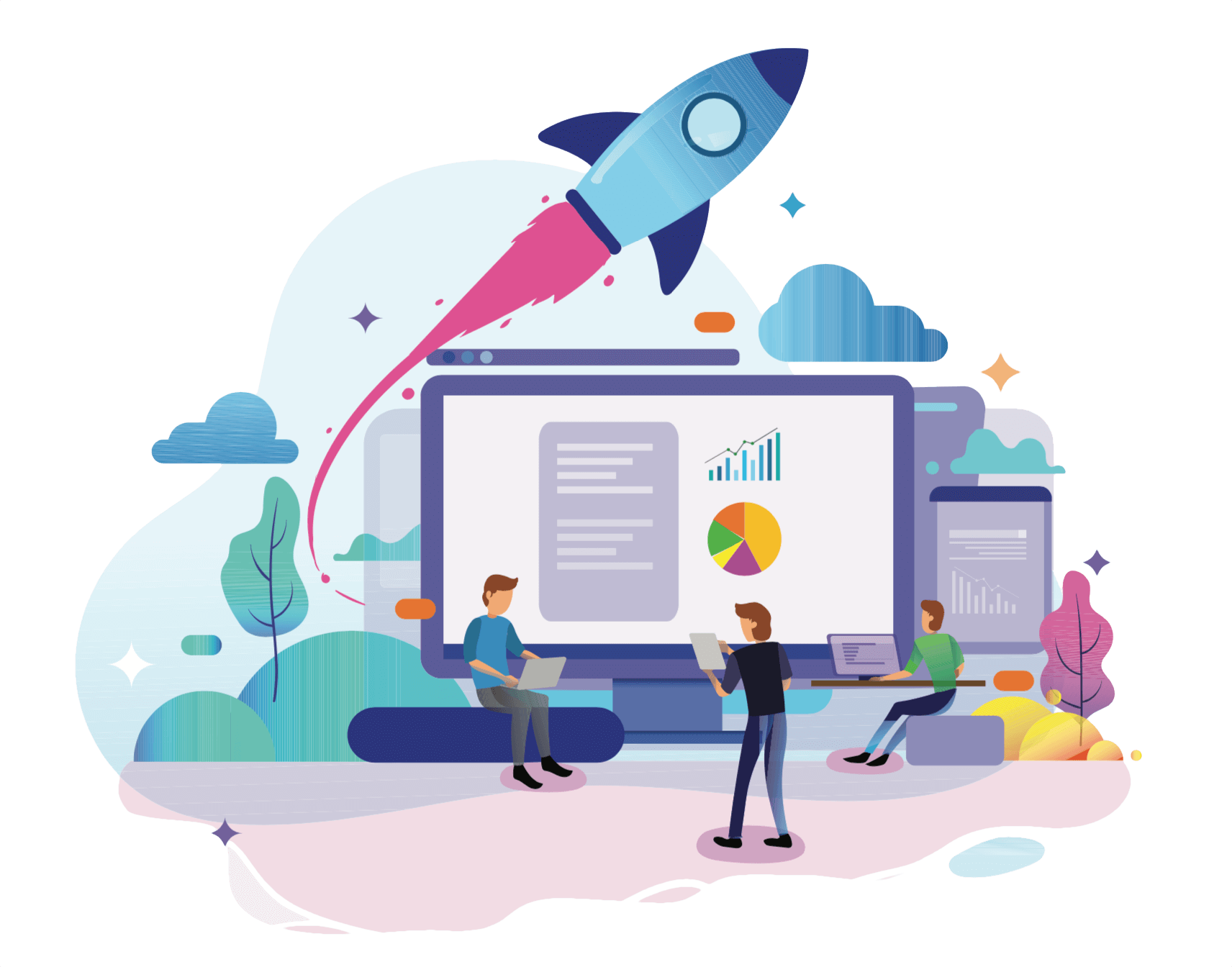
When racism becomes cyber-bullying
What is cyberbullying
Cyber-bullying and online hate speech are related since both are part of a violence and search for humiliation towards victims using the same channels.
Definition of cyberbullying: “An aggressive and intentional act that is carried out by one or more persons, using electronic devices against a victim who cannot easily defend himself” – National anti-bullying research and resource centre (ABC)
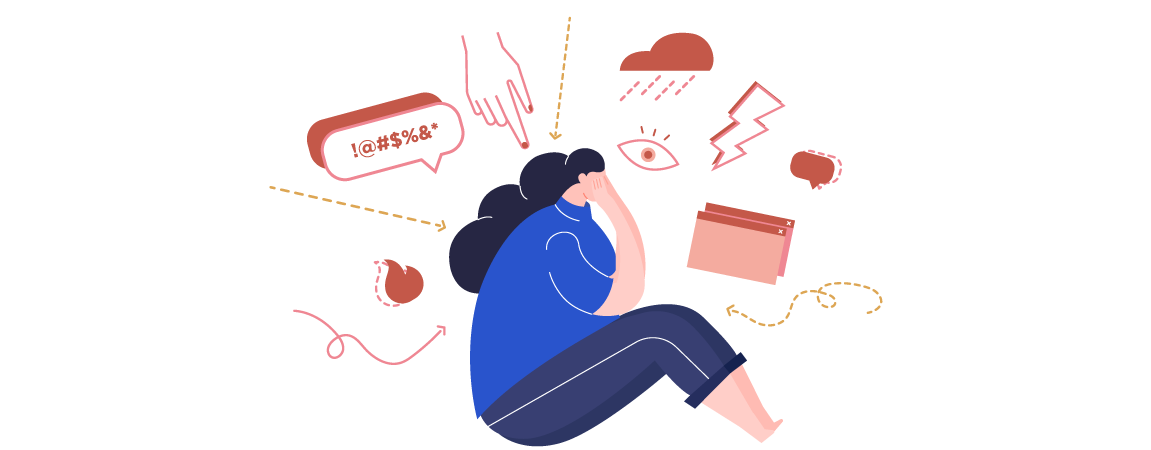
Examples to identify cyberbullying
- Publication or dissemination of false information about a person.
- Sharing personal information without permission.
- Impersonating the victim to make it look like he said or did something wrong.
- Making others attack or mock the victim.
- Influencing to exclude the victim.
- Disparaging someone because of discriminatory issues.
- Repeatedly sending offensive messages, abusive emails, etc.
- Sharing images about the victim, mainly in embarrassing situations.
- Sending threats, provocative insults or racist comments.
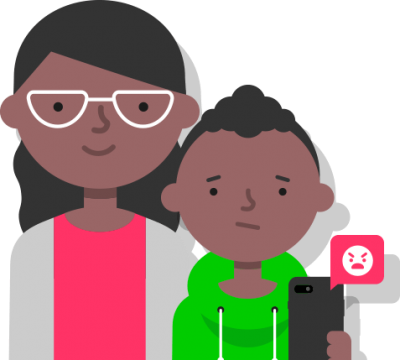
How to combat and prevent cyberbullying
- Not accepting strangers.
- Do not respond to abusive messages.
- Ask the platform to remove the content.
- Save evidence and proof.
- Periodically check privacy settings.
- Block and report the stalker to the specific platform.
- Change the email address or mobile number if you use this medium.
- Seek help to talk about what happened. Ask for advice.
- Report it to your country’s authorities and expert organizations.

Where to report cyberbullying
- Each country has different platforms for reporting cyberbullying. The main one is the bodies specialized in computer or telematic crimes.
- There are also national telephone numbers and e-mail addresses for contacting these bodies or expert organizations.
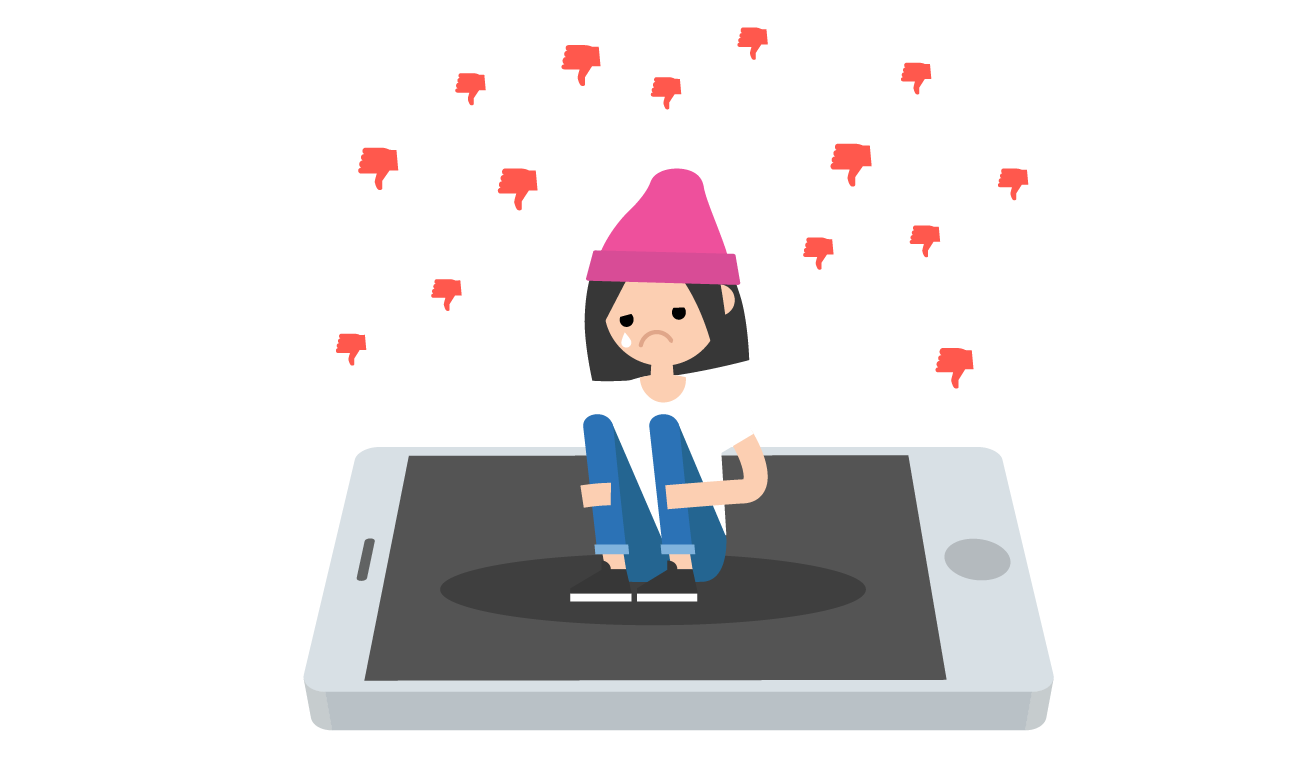
Sources and references
- ec.europa.eu: Rights, Equality and Citizenship Programme Europe 2014-2020
- rm.coe.int: ECRI General Policy Recommendation Nº15 on combating hate speech
- OHCHR: Human Rights Mechanisms
- Mitramiss.gob.es: Comprehensive Strategy against Racism, Racial Discrimination, Xenophobia and related Intolerance
- Racialequalitytools.org: Confronting Racism in Communities Guidelines and Resources for Anti-Racism Training Workshops
- Injuve.es: Short guide to combatting hate speech on the Internet through human rights education
- Sosracisme.org: CIBERESPECT
- Un.org: Universal declaration of human rights

